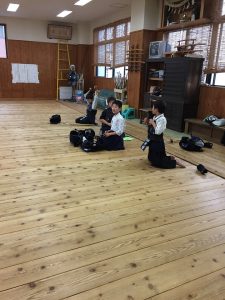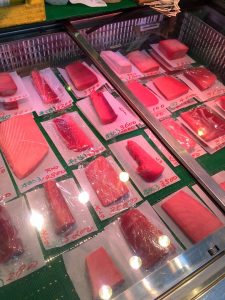 Over the past few years more and more people have become aware that Tokyo is the city with the most Michelin stars.
Over the past few years more and more people have become aware that Tokyo is the city with the most Michelin stars.
In general, the food and especially high-quality food is very important to Japanese people. I see that as soon as I arrive in Tokyo.
Japanese schools have a food scheme that makes very high quality organic food for the children. The classes with youngest students the food that they are having for lunch is part of the lesson.
Before the kids are allowed to go for lunch the class teachers review the menu with the school children. The children learn about the different ingredients that are included in the food. The children do also learn about the nutritional content of the various dishes.
Teaching children about healthy food and give healthy food for lunch the children gets healthy diets. It helps fight overweight children and future lifestyle diseases.
Read more about Sushi chef & sake sommelier Zoë Escher
_
Zoë has held sushi courses and cooking classes for A. P. Moller – Maersk, Hugo Boss Nordic, Novo Nordisk, Novartis, Velux, Gorrissen Federspiel, Beierholm revision, Elbek & Vejrup and many more.









